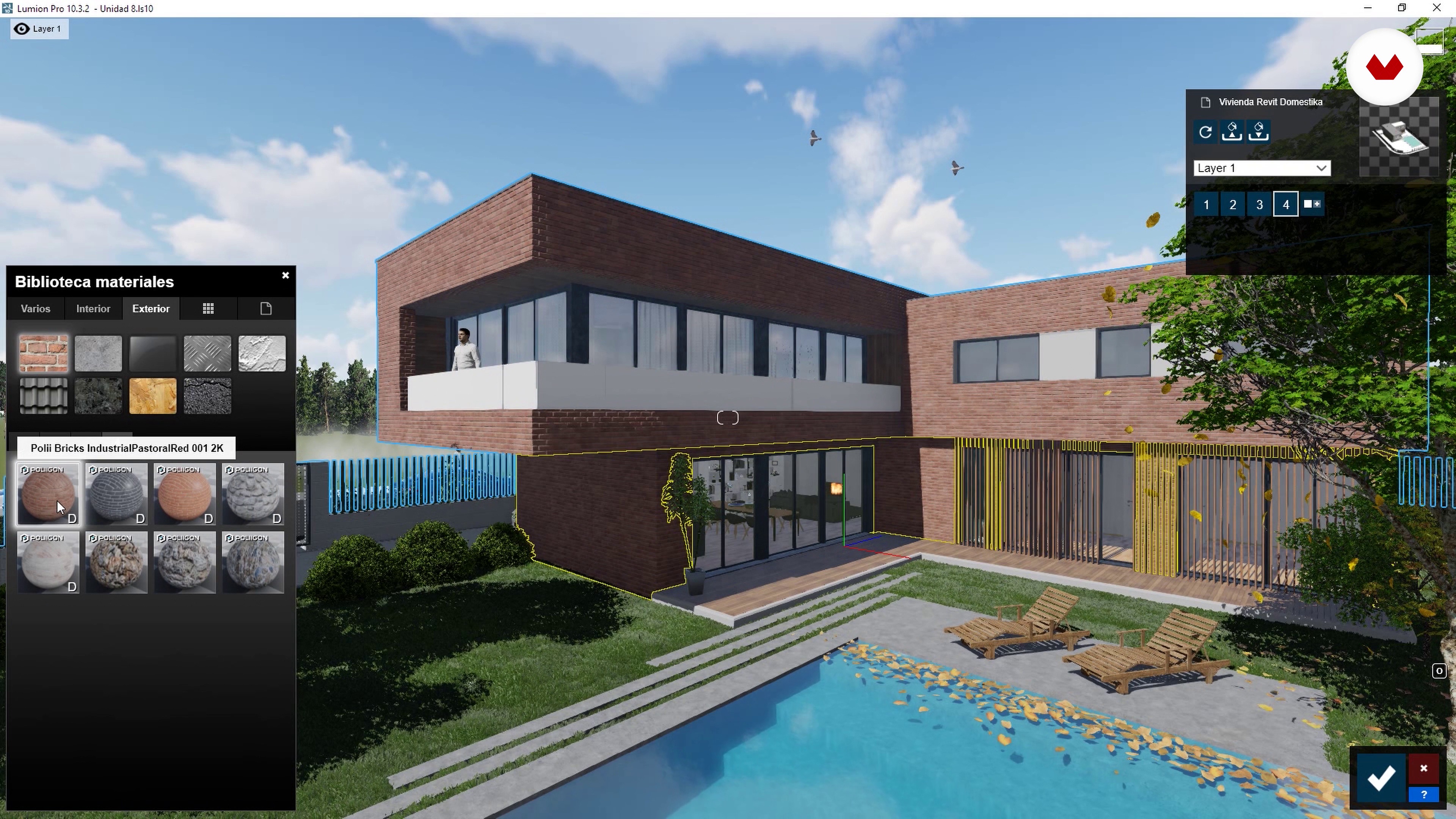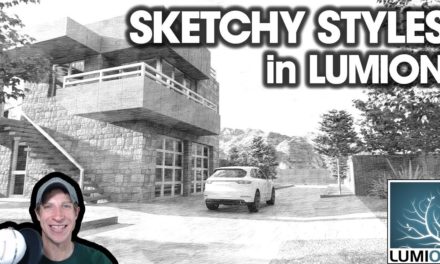

- Lumion 8 section cut movie#
- Lumion 8 section cut software#
- Lumion 8 section cut tv#
- Lumion 8 section cut mac#
Hue is essentially nothing more than color.
Lumion 8 section cut software#

Deliver – where it all comes together and you send it out to render (37:00).Fairlight – for sounds such as music, voiceovers, and audio effects (36:44).Fusion – where you build the effects for your presentation such as 3D text, particles that explode, text that moves, etc.Edit – where the entire production is created: adding video, music, titles, effects, transitions, cuts, and deletes (35:55).Cut – like Prelude: simple and quick edits, but meant for large projects with multiple timelines (35:40).Media – for bringing all media into the project (35:35).
Lumion 8 section cut movie#
Resolving the movie in DaVinci Resolve (33:30)
Lumion 8 section cut tv#
If you don't have a 4k TV to view the movie on, you can just stay at 30 frames per second and 1920 x 1080 pixels. If they know the client will be coming into their office to view the movie, they'll use the settings for 60 frames per second and Ultra HD, but only because they have 4k monitors and TVs in the office. If the render movie is going to a client, they'll use the settings for 30 frames per second and 1920 x 1080 pixels. YTL always renders in the 5-star setting – the highest quality. How YTL's color correction method contributes to a flat, de-saturated image, which mimics the LOG effect commonly used in cinema (30:55) YTL's method of using color correction is to lower the contrast and saturation considerably. They generally haven't been able to achieve great results with them, and they can add to the render time.įog can hide the horizon line and add depth of field. Note that YTL aren't big fans of most of the Lumion effects. The finished planting plan in Lumion (26:16) 26:38 – end: Video Creation Swapping each node file for a Lumion plant (25:30) Placing Lumion plants on the nodes (23:38)ĭeleting the plant at the origin in Lumion (24:40)

Importing the plant nodes into Lumion (21:35) Preparing the plant nodes to export using the Landfx.exportNodes command (20:00) 20:35 – 26:37: Large Planting Plans in LumionĮxporting to Lumion, making sure to turn the nodes off (20:35) Importing the plants into SketchUp (18:48) Preparing the plant nodes to be imported into the SketchUp file using the enodes=true command (17:35)

Temporary linework in the sketch file in CAD (16:20) Swapping out plant nodes for Lumion plants (15:04) SketchUp Ruby Console: Import nodes (13:30) It's important to know a plant node's insertion point, which determines the placement of the plant itself in SketchUp and, eventually, Lumion. Use this tool to export all linework, plantings, and site amenities to SketchUp.Ī node consists of two lines intersecting in space. Video of the site rendering to be examined in this presentation (10:11) 11:06 – 16:08: Workflow Adds excitement and emotion to the projectĪ successful marketing plan for each project relies heavily on customers’ ability to visualize the overall concept.Allows the client to visualize the end product.Streamline the designing close the deal (7:48)
Lumion 8 section cut mac#
You can also search for content on this page using the FIND command in your browser (CTRL + F in Windows, Command + F in Mac OS.) Note: The following catalog of content covered in this webinar is time stamped to allow you to follow along or skip to sections of the video that are relevant to your questions.


 0 kommentar(er)
0 kommentar(er)
